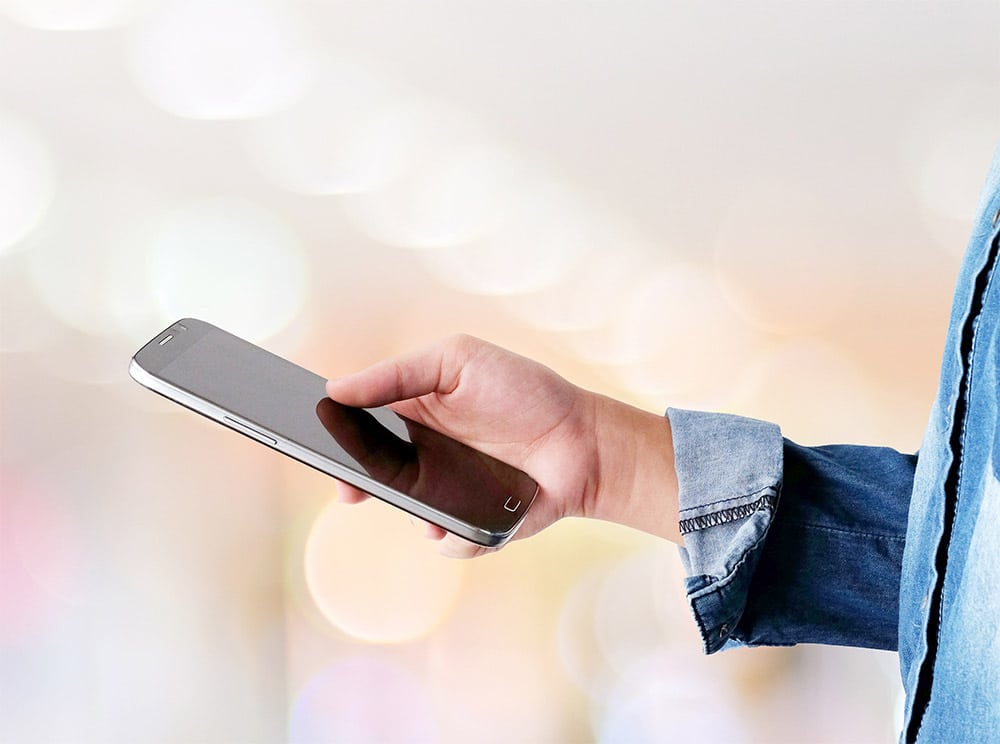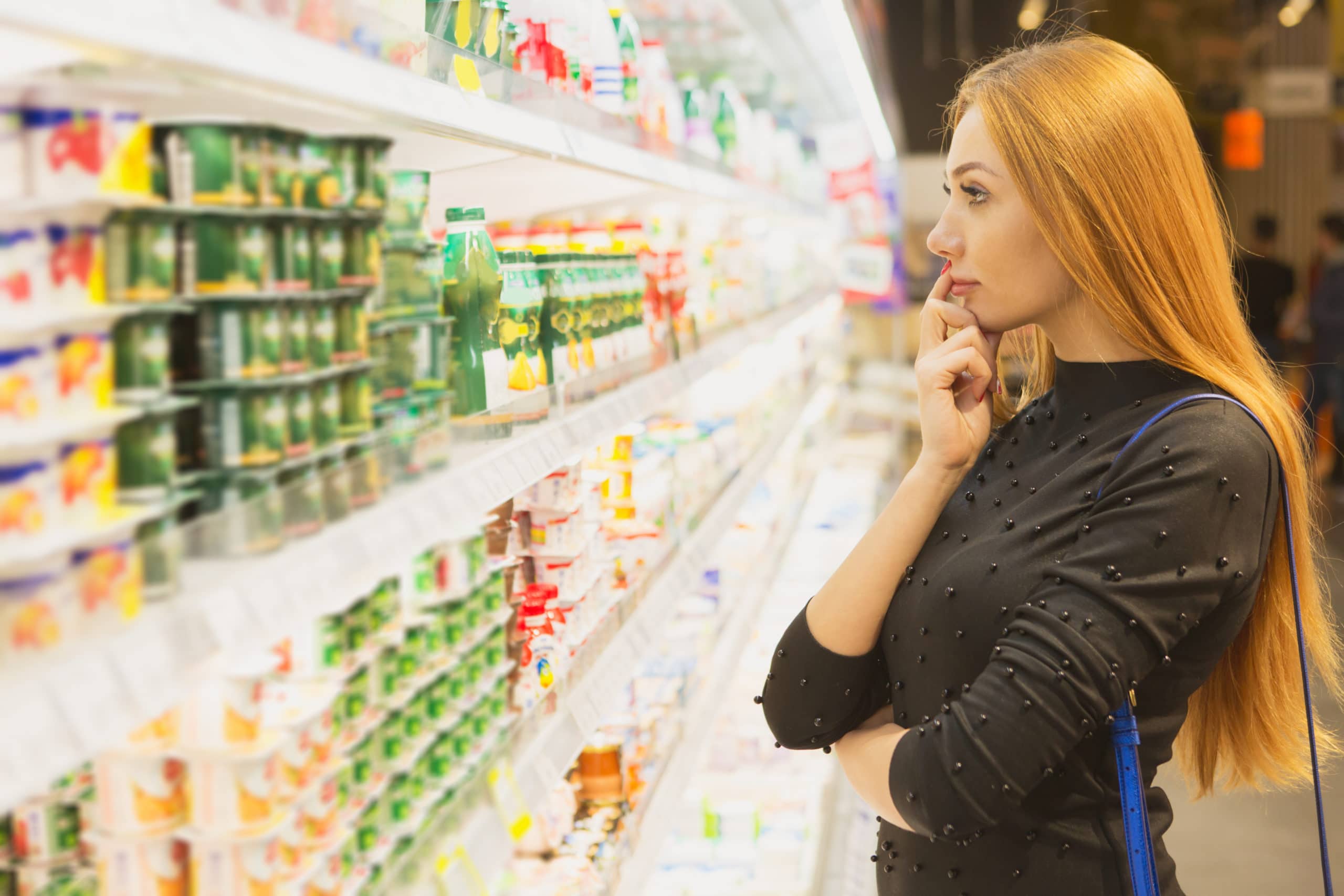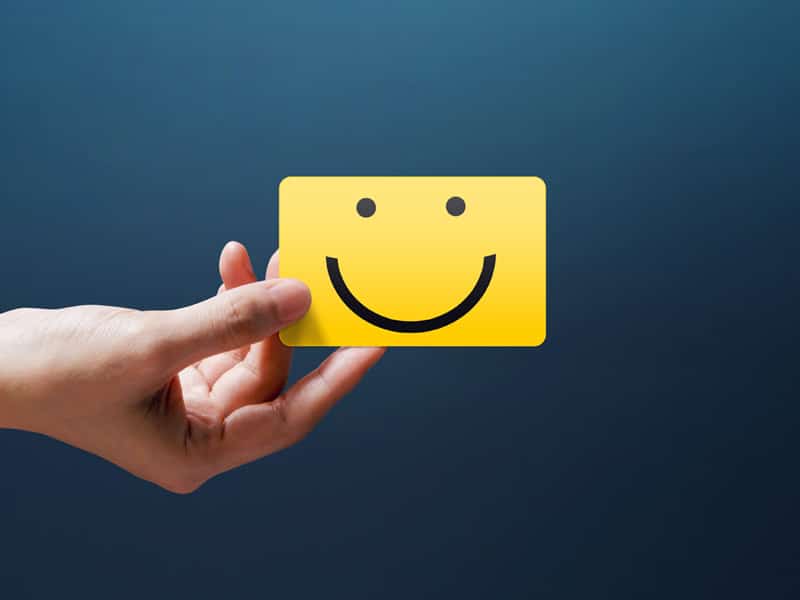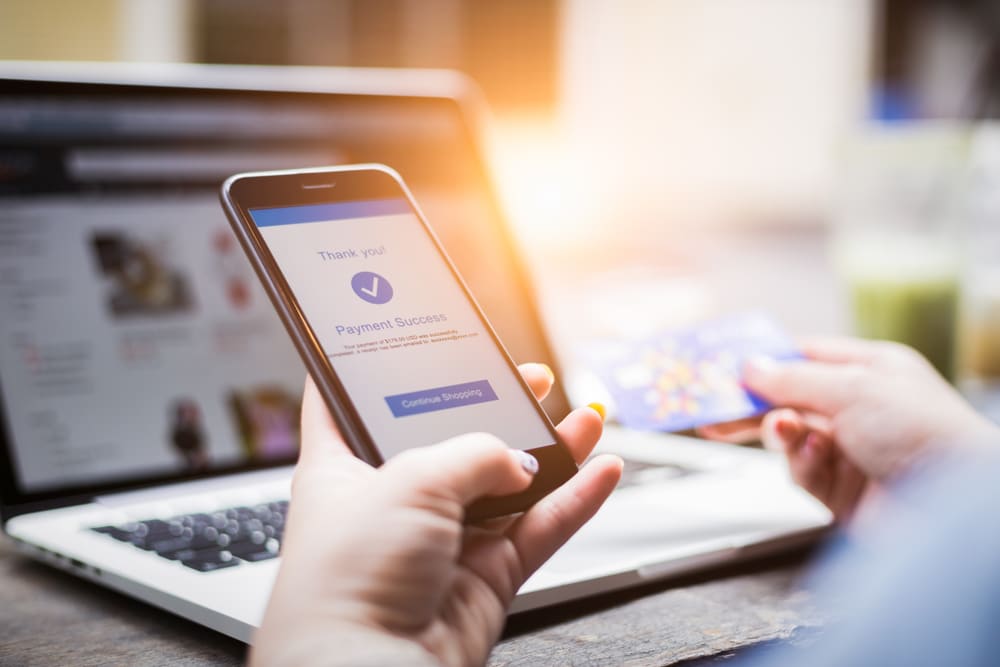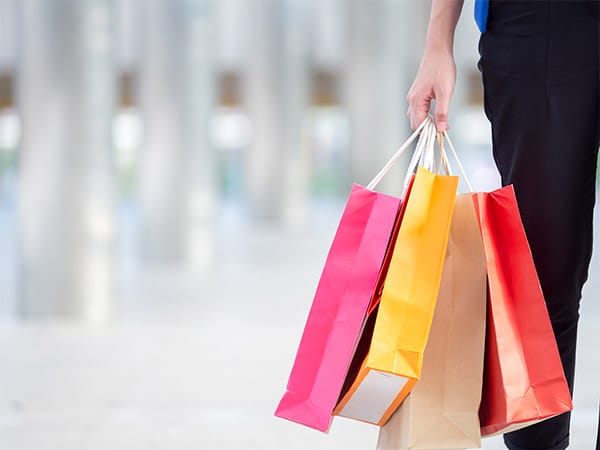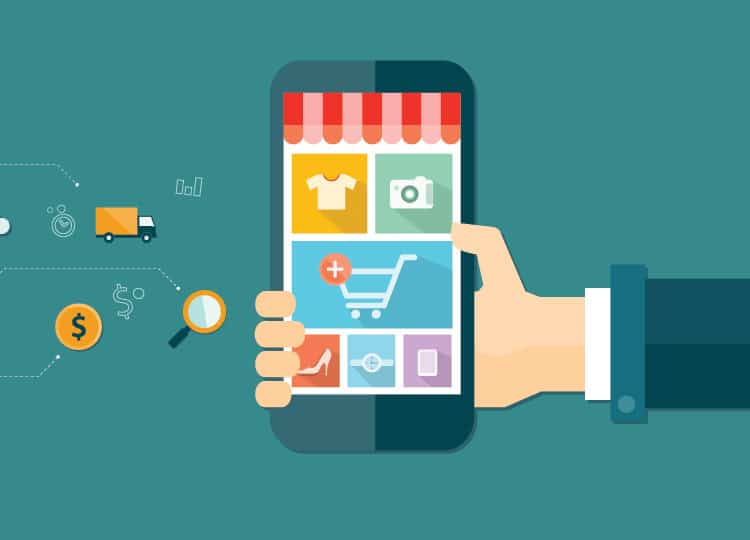3 effective digital marketing strategies to increase brand awareness
Digital marketing is an effective way to drive and increase brand awareness—for many reasons. By implementing digital marketing strategies to increase brand awareness, brands and retailers:
- Meet shoppers where they are: Americans spend over 12 hours a day interacting with digital media, be it radio, TV, laptops, and mobile phones. Reliance on foot traffic and in-person interactions can only go so far. Without a robust digital presence, it will likely be difficult to sustain a reasonable amount of growth.
- Engage early: Many shoppers have admitted to doing research digitally at home long before they head to a store to make a purchase. Search terms that include the word “brand”—such as “beauty brands,” “best purse brands,” and “men’s watch brands”—are among the most frequently searched. Consumers are also using location-based search queries like “pizza near me” or “toy stores near me” to help them plan their in-store trips. And, 52% of shoppers are using mobile devices while in stores to narrow down their purchase options.
- Enhance the customer experience: It’s important for brands to have a social media presence. These days, many consumers use social media to research and communicate with brands. Brand interactions happen in real-time, so it’s important to take the opportunity to connect, whether it’s with an already loyal customer or someone entirely new.
- Target the right audiences: The digital sphere allows brands to hit every target with a different hyper-focused, personalized campaign, not to mention connect with people all along the purchase journey—even those who are just starting to get familiar with a brand. Outlining products and services, as well as company history, mission, and values is a great way to entice firstcomers.
- Remain flexible and responsive: If an in-store display isn’t converting as well as hoped, it could take hours, days, or even months to alter the plan. On the other hand, digital marketers can make real-time changes immediately if they notice customers bouncing off the website or complaining on social media, for example.
Search Engine Optimization, content marketing, Pay Per Click advertising, social media marketing, and press releases are still relevant ways of reaching new customers; but this guide focuses on the effectiveness of cross-channel brand storytelling, combined with some of the more exciting, breakthrough digital marketing strategies to increase brand awareness and create a buzz.
3 Digital Marketing Strategies to Increase Brand Awareness
1. Cross-Channel Brand Storytelling
To build a digital brand, you’ll use various channels: your company website, a blog, social media, email subscriber lists, video channels, and mobile apps. Making sure your brand’s story is consistent across your various digital channels is an important first step in strengthening brand awareness.
Today’s digital-savvy consumers routinely switch between channels before making a purchase—much different from a decade ago. The demand for multi-channel shopping experiences is an undeniable and irreversible trend.
- Being authentic: Listening to customers, prospects, and employees about what motivated them to choose your brand can tell you a lot. Take a look at the competition to consider what you do better and what marketplace trends exist. Think about why your company was started and how your brand has modernized over the years. In order for a company to have a strong narrative, it needs to take a clear stance on a particular problem it intends to solve and be 100% transparent about how it will achieve this solution.
- Answering questions: Early in the sales funnel, you want to focus on answering questions like: Who are you and what do you value? Why should I care about what you have to offer? What are the potential outcomes for me if I act or don’t act? Initial interactions should be informal, easily skimmable, and not overly salesy. On social media, you want to attract attention and solicit shares with content that is intriguing, useful, and emotion-evoking, whether it’s funny, clever, or heart-warming.
- Working together: Don’t work in silos. All parties working on a project should have regular conversations—monthly, at a minimum. Work out campaign messaging to align with particular goals. The stories and technical information shared should be universal across platforms to build authenticity and trust. Sure, your message on Twitter will be short and sweet, while the corresponding message on YouTube may be more visual and your blog’s content may be more in-depth. But no matter what, you should have similar colors, images, voice, and talking points.
- Consistent SEO: Google will connect information about your brand pulled from various sources across the internet. The “Knowledge Graph,” as it’s called, benefits from consistent Search Engine Optimization efforts from digital channel to digital channel. Any discrepancies could hurt your search visibility—while a consistent keyword strategy will be beneficial, connecting traffic to your site.
2. Mobile Communications
Mobile communications can be delivered via email, SMS/text, your custom-developed app, and mobile websites. The ability to connect with people in real-time, when they are closest to making a final purchase decision, is a tremendous asset.
App-based marketing allows you the ability to leverage:
- in-store search, scan, and mapping
- buy online, pick up in-store offers
- mobile ordering for out-of-stock items
- real-time status updates for orders
Having your own mobile app can boost sales 15%, but who says you have to stop there? You can also partner with a third-party shopping app like Shopkick to expand your reach.
In-App Video
Video is an excellent storytelling medium where, in a relatively short amount of time, you can capture audience interest, sway emotions, and demonstrate your unique selling proposition.
There are many ways to use video in-app:
- Show your product in action.
- Deliver a tutorial for a soft sell.
- Feature customer testimonials.
- Entertain with product use ideas.
- Tell a story from start to finish.
In one case study, pasta maker Barilla saw a 66% lift in brand awareness for their no-boil pasta. Fifty-percent of shoppers who viewed Barilla’s in-app video converted to a purchase.
Proximity Marketing
Location-based marketing using beacons and text or in-app messaging allows marketers to reach consumers when they’re near a product or location. When mobile customers search using the phrase “near me,” they can connect with your brand in real-time.
Shopkick is a rewards-based proximity marketing program that uses points—known as “kicks”—to encourage store visits, purchases, and product engagement. Users can log into the app to see nearby kick offers from partnering brands and retailers. These interactions drive sales and brand recall, while providing actionable insights into consumer behavior.
Mobile Rewards
Shopkick users are attracted to the mobile shopping app because it offers them rewards for shopping—something they likely do regularly. The goal is to encourage members to visit partner stores and check out partner brands. They earn points by viewing curated content like lookbooks and in-app videos, by locating and scanning products at-shelf, and by making desired purchases. Shoppers redeem their points for gift cards, so you preserve value, since you’re not using coupons or discounts.
The incentives offered by Shopkick truly help brands boost awareness and consideration at each stage along the path to purchase.
3. Strategic Partnerships
How do you get into the unknown prospect’s mind prior to a shopping trip? One method is to reach out to new audiences using another company’s digital channels of communication.
When you partner with Shopkick, for instance, app users first learn of your brand during their pre-trip planning. They’ll see you’re offering kicks in exchange for in-store brand interactions. And depending on your campaign, they may be able to watch videos and learn more about your brand on a mobile device—anytime, anywhere.
Shopkick offers our partners the opportunity to increase brand awareness among motivated shoppers. Contact us to see the benefits of partnering with Shopkick and adding this platform to your marketing mix.

